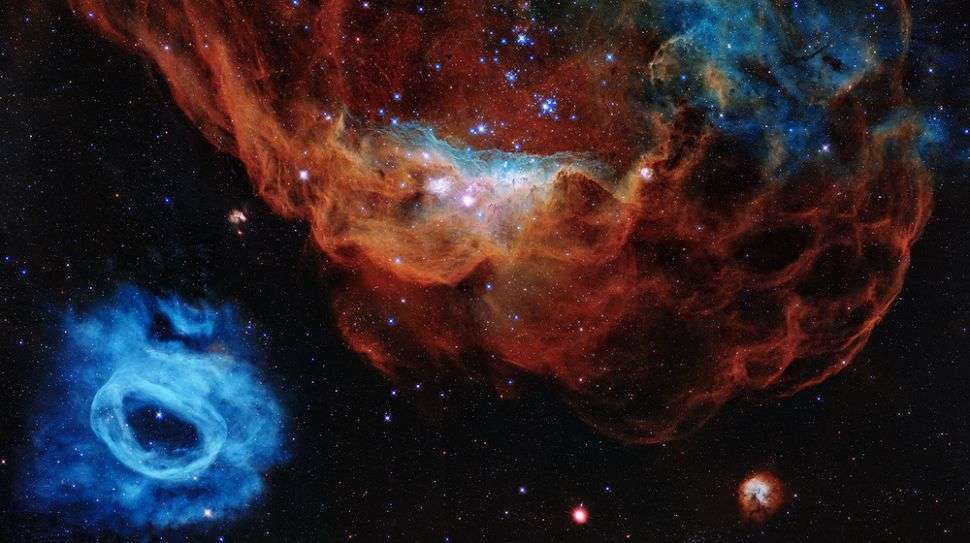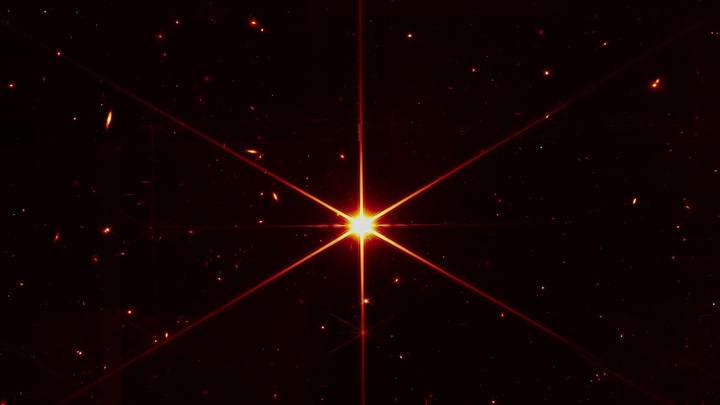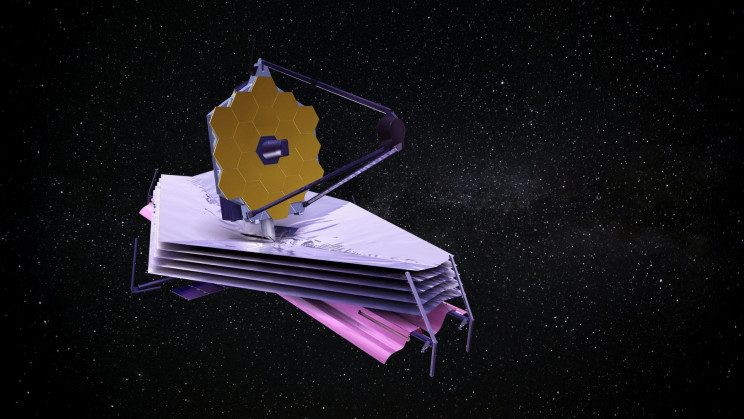A sharper, deeper infrared image of the early universe, from 13 billion years ago, was revealed today by the James Webb Space Telescope, the most powerful space telescope in orbit, NASA said.
The image littered with points of light of various sizes and colors shows the first galaxies formed shortly after the Big Bang and features dimly lit objects that have never been observed before.
The James Webb was able to see miles of galaxies because of its infrared capabilities, as it simultaneously cut through cosmic dust clouds and detected light from the earliest stars, which has expanded into infrared wavelengths as the universe has expanded.
In addition, it is the first deep-field image of Webb, taken with a long exposure time that makes it possible to detect the faintest flares.

In the photo you can see a group of galaxies called SMACS 0723 that, acting as a magnifying glass, also revealed very distant objects in the cosmos behind it thanks to an effect called gravitational lensing.
On Tuesday, NASA will reveal other images in an event highly anticipated by space scholars and fans.. They are expected to impress with their beauty, but also to serve as a reference for astronomers about the power of the scientific instruments on board. The presentation of two nebulae is expected: the Carina and the South Ring.
Another target is Stephan’s Quintet, a group of interacting galaxies.
Webb has also performed light-analysis spectroscopy that reveals detailed information – on a giant gas planet called WASP-96 b, discovered in 2014. About 1,150 light-years from Earth, WASP-96 b is about half of the mass of Jupiter and revolves around its star in just 3.4 days.

Exoplanets, which orbit a star other than our Sun, are also a main area of research for the Webb telescope.
Since 1995, around 5,000 exoplanets have been discovered, but many mysteries remain. The Webb will try to provide information that will allow us to study its atmosphere and determine if it could be habitable or capable of developing life.
Launched in December 2021 from French Guiana on an Ariane 5 rocket, the James Webb Telescope orbits the Sun at a distance of 1.6 million kilometers from Earth in a region of space known as the second Lagrange point.
Considered an engineering marvel, the total cost of the project is estimated at $10 billion, making it the most expensive scientific platform ever built.


















